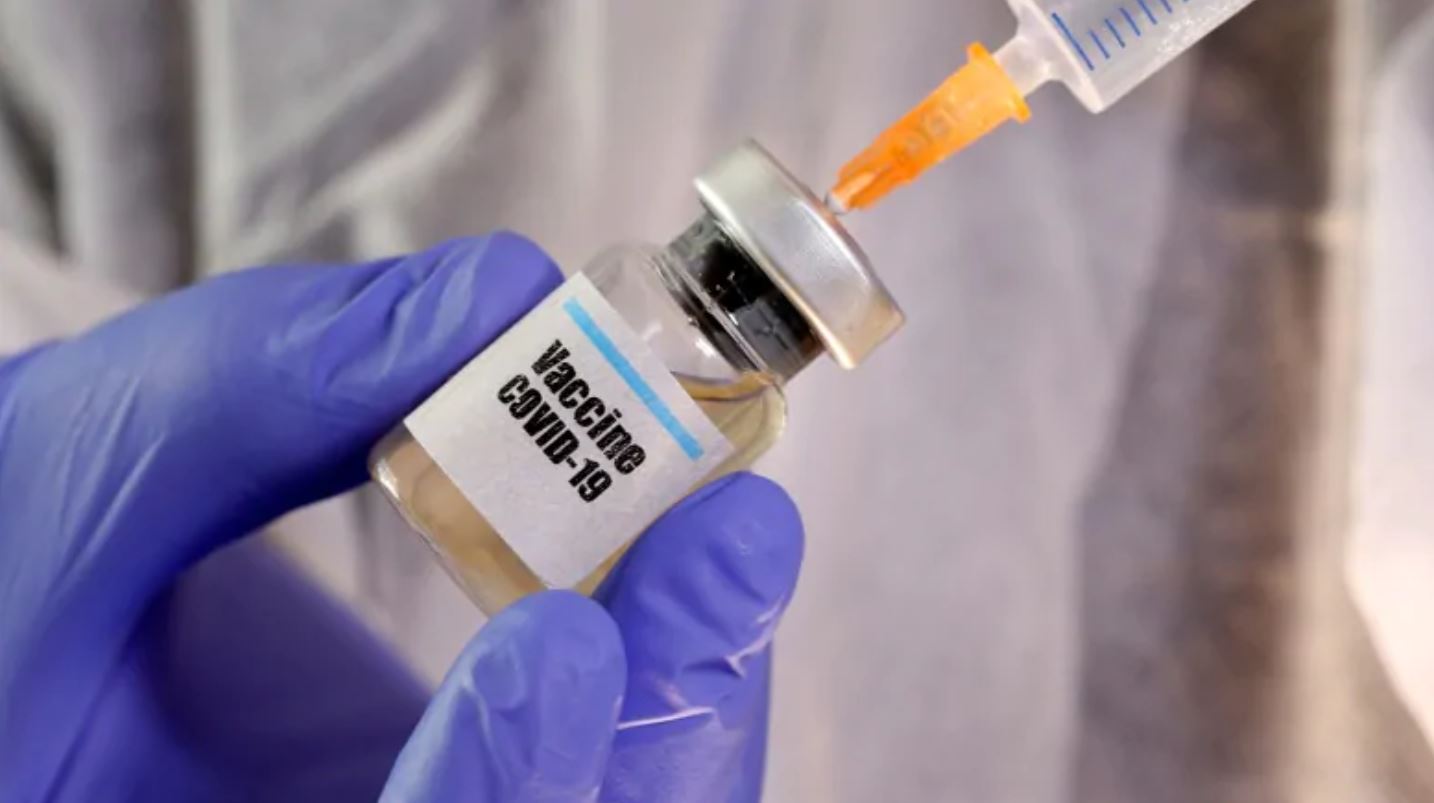By Mengjia Zhang et al.
Source MDPI
Since the COVID-19 outbreak in 2019, five coronaviruses have been found to infect humans, including SARS-CoV (severe acute respiratory syndrome coronavirus) [1], HCoV-NL63 (HCoV-NL63) [2], HCoV-HKU1 (HCoV-HKU1) [3], MERS-CoV (Middle East respiratory syndrome coronavirus) [4], and SARS-CoV-2 (severe acute respiratory syndrome coronavirus 2) [5]. In addition to human CoVs, porcine CoVs such as TGEV (transmissible gastroenteritis virus) [6], PEDV (porcine epidemic diarrhea virus) [7], PDCoV (porcine deltacoronavirus) [8], PHEV (porcine hemagglutinating encephalomyelitis virus), and SADS-CoV (swine acute diarrhea syndrome coronavirus) [9] also cause severe disease in domestic animals. Consequently, coronaviruses pose significant threats to both public and animal health, as well as to economic stability. Over the past decades, scientists have made significant progress in exploring multiple aspects of coronaviruses and their control, including pathogenic mechanisms, antiviral drugs, and new vaccines [10,11,12]. Reflecting the rapid pace of technological development, this Special Issue, which contains four original articles and one review, highlights the latest advancements in these areas.
Read more click here

